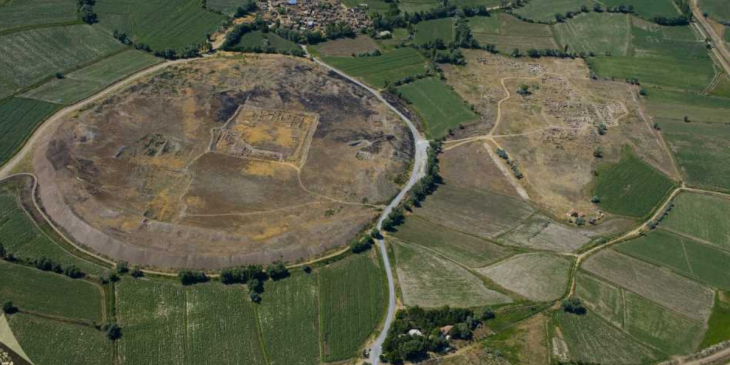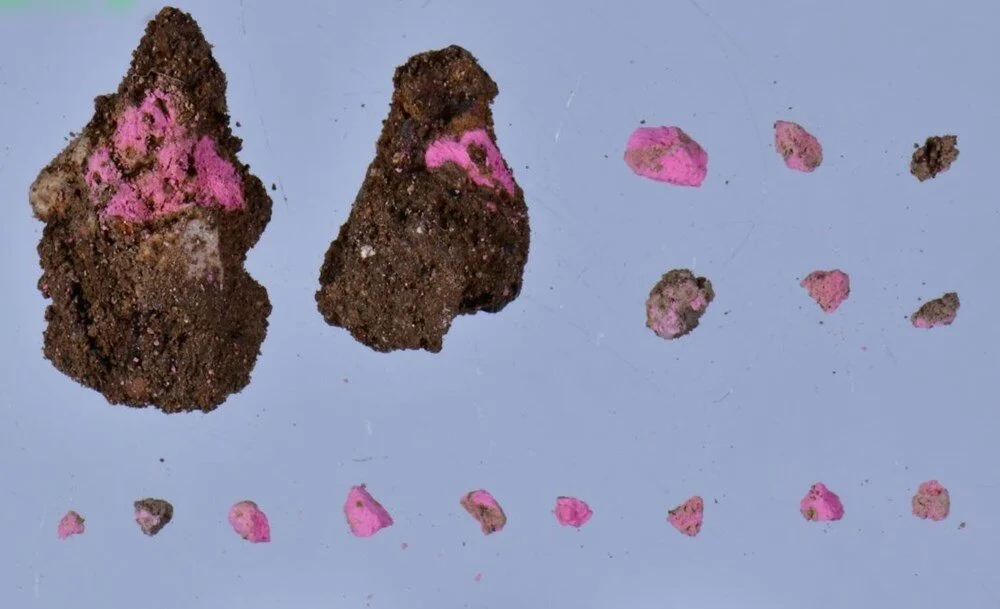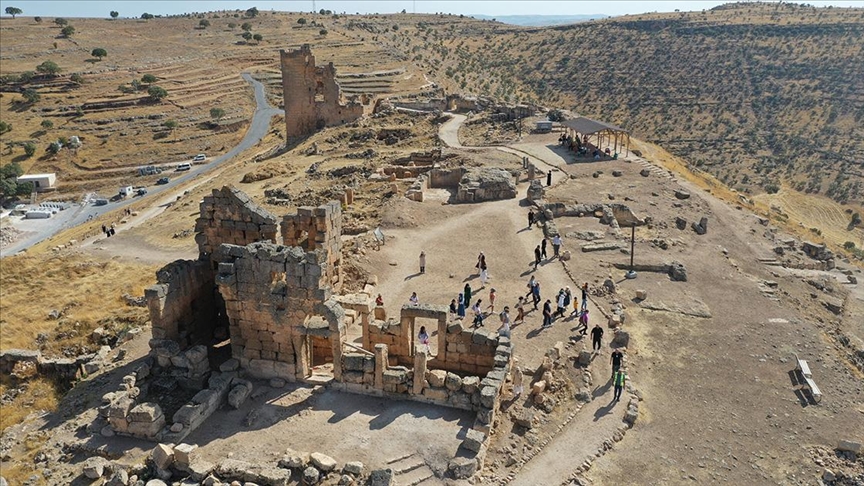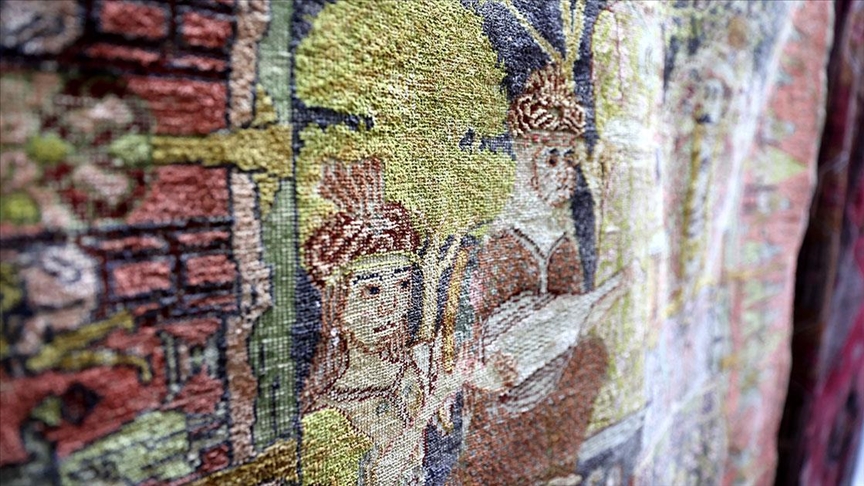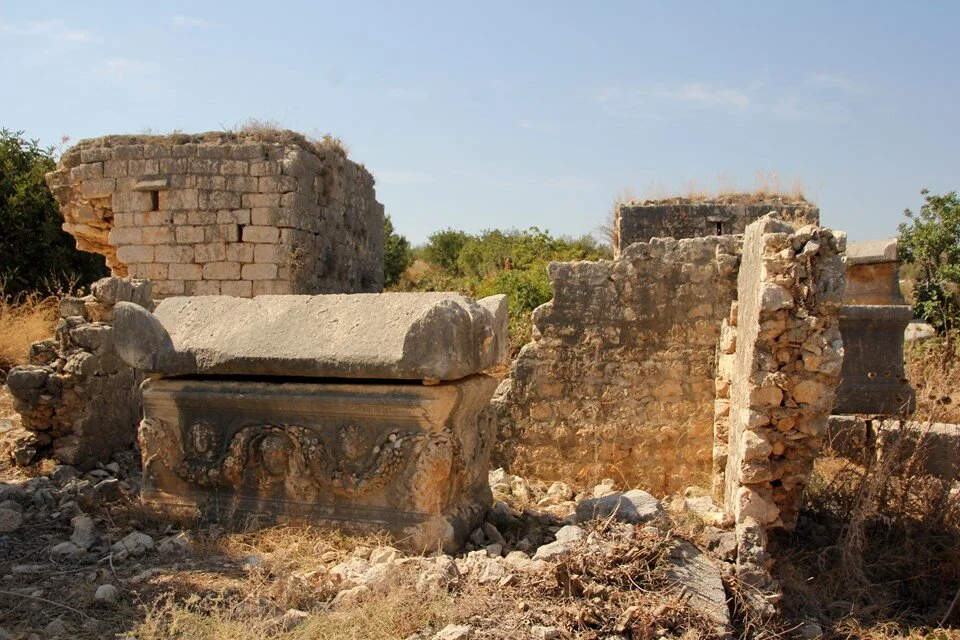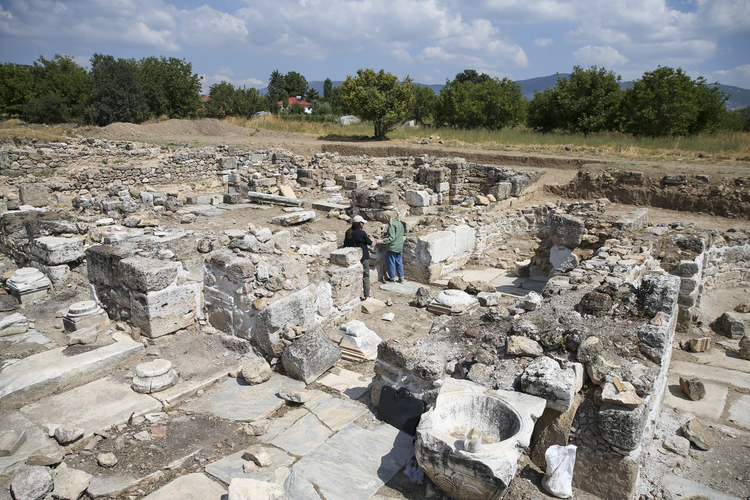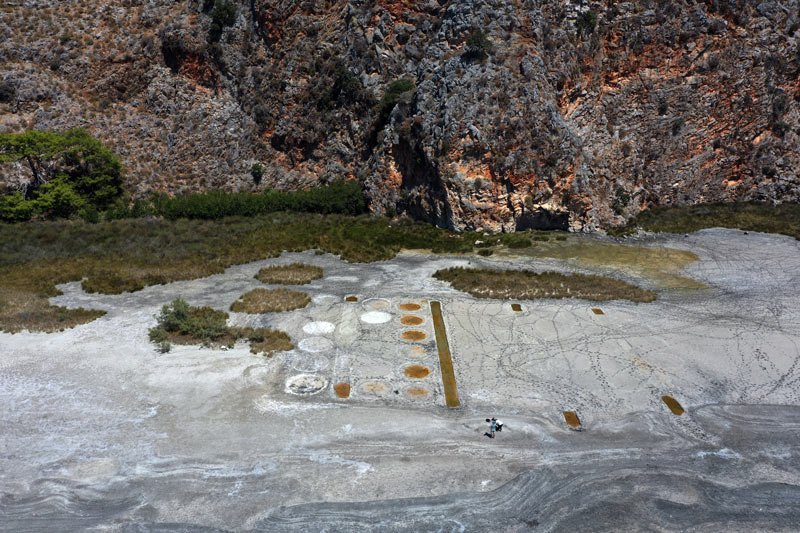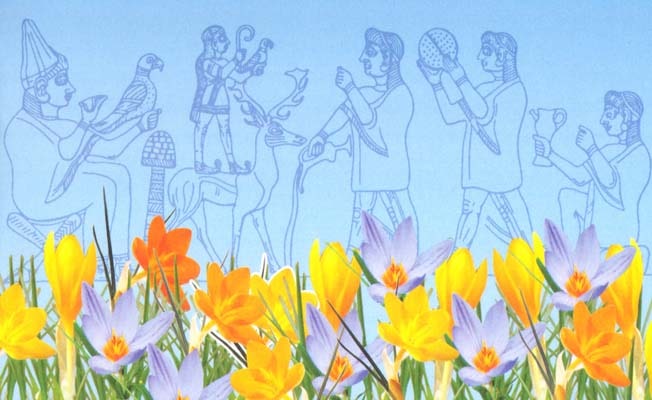The analysis results of the Middle Ages bones unearthed 16 years ago at Kortik Tepe Höyük, located in the southeastern part of Turkey, have been published.
The experts examined the jawbones of 121 individuals (55 females and 66 males) who lived during the Middle Ages near Kortik Tepe Höyük.
The experts analyzing the bones found that the male and female skeletal specimens have differences in size and strength in their lower jawbones.
The study was published in the international journal “Translational Research in Anatomy”.
The skeletons of male and female subjects found at Kortik Tepe Höyük in Diyarbakır province were determined to have differences in size and strength in their lower jawbones.
According to Vatan Kavak, a faculty member in the Department of Anatomy at Dicle University in the province of Diyarbakır, in a statement to Anadolu Agency, he mentioned, “Throughout the Middle Ages, we observed that the lower jawbones of men living in Kortik Tepe were robust and strong, while women’s lower jawbones exhibited elegance.”
Vatan Kavak, along with Mara Pilmane from Riga Stradins University in Latvia, led the excavation and research at the site. He further added, “Additionally, we found that the lower jawbones of men in this region were stronger and more robust compared to their counterparts in other parts of the world.”
Kavak stated that they specifically examined the jaw structures of the skeletons. He added that the more delicate jawbones of women indicated their greater involvement in “domestic tasks rather than hunting and other activities.”
“When comparing them to women from other regions, we observed that women living in Kortik Tepe were the most elegant,” he further mentioned.
He explained, “Back then, with the beginning of agriculture, men hunted wild animals outside and consumed them without cooking. They also consumed grain-based meals, which contributed to strengthening their jaws.”
Kavak highlighted that the results of the study could be helpful for surgeons. He said, “Our research will serve as a guide for jaw, implant, and aesthetic surgeons in the future.”
Cover Photo: AA


